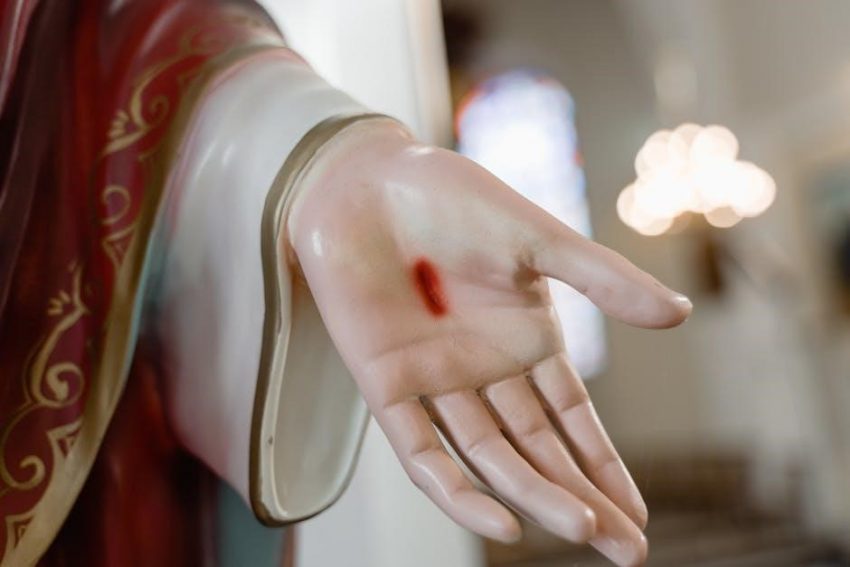This PDF explores the roles and challenges of female and male artists, examining historical context, gender definitions, and the artist’s book concept․ It highlights disparities in auction prices and the impact of feminist movements on equal representation in art․
Overview of the Book’s Content
This PDF book delves into the dynamic interplay between female and male artists, tracing their historical journeys, artistic contributions, and societal impacts․ It examines gender definitions, the evolution of women’s portrayal in art, and the challenges faced by female artists, including discrimination and the glass ceiling․ The book also explores the concept of the artist’s book as a unique art form and discusses market dynamics, such as auction price disparities and gender pay gaps․ Additionally, it highlights key movements like feminism and surrealism, contemporary artists’ roles, and the intersection of ethnicity and gender in shaping modern art․
Definitions of Sex and Gender in Art
Sex refers to biological differences, such as chromosomes and reproductive organs, while gender describes societal roles and traits associated with masculinity and femininity․ In art, these concepts influence representation and interpretation․ Sex is often tied to physical attributes, whereas gender reflects cultural expectations and identities․ Artists explore these themes to challenge or reinforce societal norms, creating works that highlight the fluidity or rigidity of gender roles․ Understanding these definitions is crucial for analyzing how male and female artists navigate their identities and contributions to the art world, shaping both their creative processes and public perceptions․
The Concept of the Artist’s Book as Art
The artist’s book is a unique medium where the book itself serves as the artwork, rather than merely showcasing art․ It transcends traditional publishing by blending text, imagery, and design into a cohesive artistic expression․ Unlike conventional books, the artist’s book is not about art but is art in itself․ This concept emerged from luxury editions but evolved into a democratic medium, allowing artists to experiment freely․ Female and male artists alike use this format to explore themes, challenge norms, and push creative boundaries, making it a powerful tool for self-expression and innovation in the art world․

Historical Context of Female and Male Artists
Historically, female artists faced systemic discrimination, while male artists dominated art movements and institutions, shaping cultural narratives and opportunities for recognition and success․
The Evolution of Women’s Portrayal in Art
Women’s portrayal in art has transformed from objectified figures in early history to empowered subjects in modern times․ Historically, women were often depicted as passive objects, reflecting societal gender roles․ The 19th century saw a shift, with women artists like those at PAFA gaining recognition․ In the 20th century, movements like Abstract Expressionism and Surrealism provided platforms for women to express their agency․ Contemporary artists continue to challenge stereotypes, reclaiming their narratives․ This evolution reflects broader societal changes, emphasizing gender equality and the recognition of women’s contributions to art history․ The journey from objectification to empowerment highlights the resilience and creativity of women artists across generations․
Early History of Gender Representation in Art
Early art often depicted women as objects, reinforcing societal gender roles․ Male artists dominated the field, while women were frequently excluded from artistic training and recognition․ This exclusion perpetuated stereotypes, limiting women’s roles in art to passive subjects rather than creators․ The early history of gender representation in art reflects broader cultural biases, where women’s contributions were marginalized․ This period laid the foundation for future disparities, as male artists’ work was disproportionately valued and celebrated․ Understanding this historical context is crucial for addressing ongoing gender imbalances in the art world today․
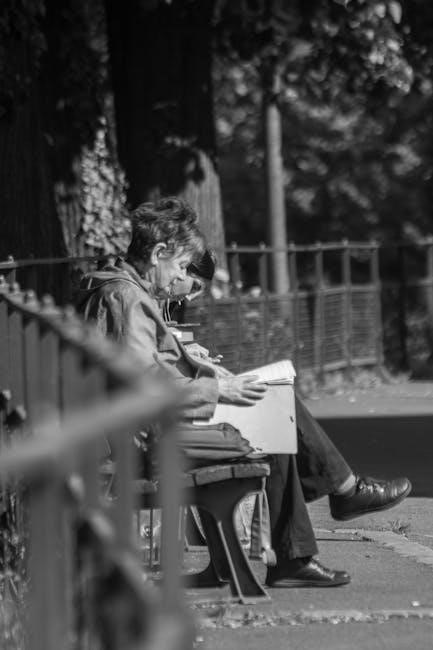
Women Artists in the 19th Century and the Pennsylvania Academy of the Fine Arts (PAFA)
The Pennsylvania Academy of the Fine Arts (PAFA) played a pivotal role in supporting women artists during the 19th century, offering them equal opportunities for artistic education․ Unlike many institutions of the time, PAFA admitted women, enabling them to gain recognition in a male-dominated field․ Notable women artists like Mary Cassatt and Cecilia Beaux emerged from this institution, challenging societal norms․ Despite these opportunities, women still faced discrimination, with their work often being stereotyped or undervalued․ PAFA’s progressive stance, however, helped pave the way for future generations of women artists, highlighting the importance of institutional support in fostering gender equality in art․
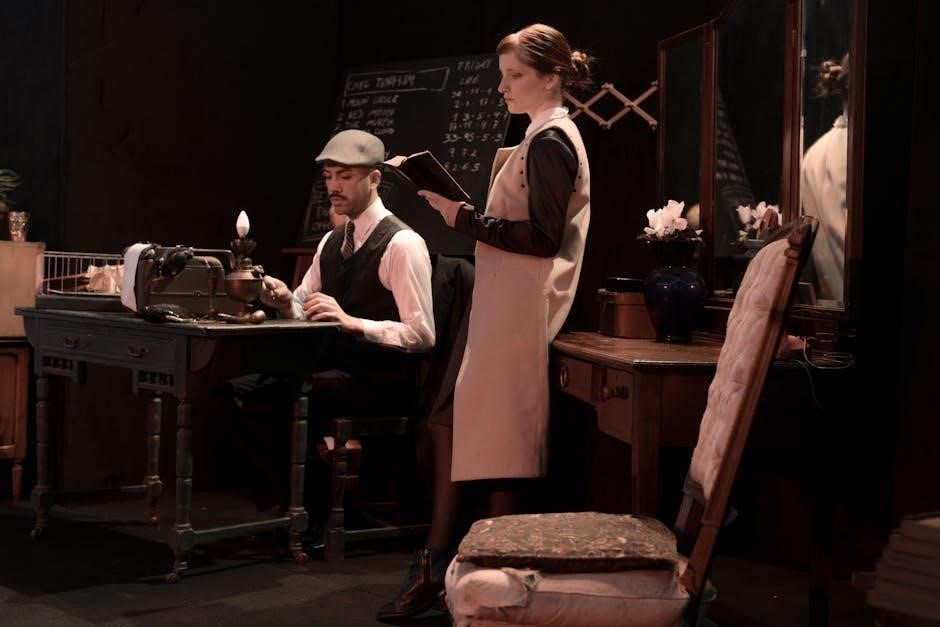
Challenges Faced by Female Artists
Female artists face oppression, gender-based discrimination, and a lack of community support, hindering their professional growth and recognition in the male-dominated art world․
Oppression and Gender-Based Discrimination
Female artists have historically faced systemic oppression and gender-based discrimination, limiting their opportunities and recognition․ This oppression can be active or passive, often manifesting as exclusion from artistic institutions, unequal access to resources, and biased critiques․ Women artists have been marginalized, with their work frequently undervalued compared to their male counterparts․ Gender stereotypes and societal norms have perpetuated these inequalities, creating barriers to success․ Additionally, female artists often face challenges in gaining visibility, with their contributions frequently overlooked in art historical narratives․ These disparities highlight the need for greater equity and representation in the art world to address deeply ingrained gender biases․
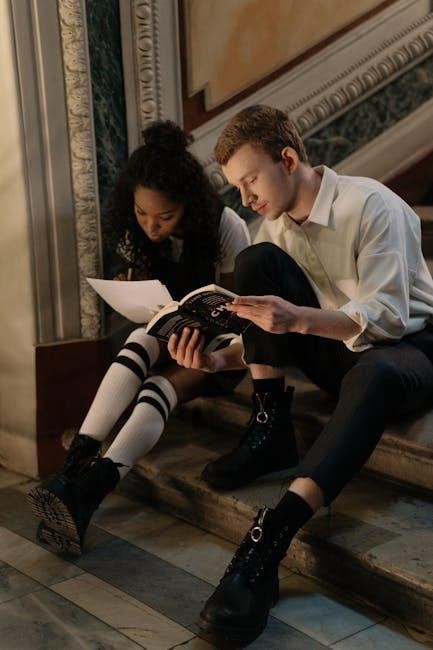
The Glass Ceiling in the Art World
The glass ceiling in the art world refers to the invisible barriers that prevent women from advancing to leadership roles and achieving equal recognition․ Despite their talents, female artists often face challenges in breaking into prominent galleries, museums, and exhibitions․ Gender stereotypes and systemic biases contribute to this disparity, as women are frequently overlooked for high-profile opportunities․ The glass ceiling also manifests in lower auction prices for female artists’ work compared to their male counterparts․ This systemic inequality underscores the need for structural changes to promote gender parity and ensure that women’s contributions to the art world are valued and acknowledged equally․
Lack of Community Support for Emerging Female Artists
Emerging female artists often face a scarcity of resources and mentorship, hindering their professional growth․ Unlike their male counterparts, they frequently encounter limited access to networking opportunities and exhibition spaces․ This lack of support stems from systemic biases and societal expectations that prioritize male artistic endeavors․ Many female artists report feeling isolated, with inadequate guidance and recognition for their work․ Additionally, domestic responsibilities and gender-based constraints further exacerbate the challenge of gaining visibility․ Without robust community support, these artists struggle to break into the competitive art world, emphasizing the need for initiatives that foster inclusivity and provide equitable opportunities for women in the arts;
Key Movements and Their Impact on Gender in Art
Major art movements like Abstract Expressionism and Surrealism provided platforms for female artists to challenge gender norms, fostering inclusivity and redefining artistic contributions historically dominated by male voices․
Feminist Movements and Their Influence on Women Artists
Feminist movements have profoundly impacted women artists, challenging gender norms and advocating for equality in representation and opportunities․ The 1970s feminist activism reshaped art history, encouraging women to reclaim their roles as artists, curators, and scholars․ These movements highlighted systemic biases and sparked conversations about gender disparities in art valuation and recognition․ By promoting inclusivity, feminist efforts enabled women artists to break barriers, gaining visibility in male-dominated movements like Abstract Expressionism and Surrealism․ This shift not only empowered women to express their unique perspectives but also redefined art historical narratives, fostering a more equitable art world․

The Role of Women in Major Art Movements (e․g․, Abstract Expressionism, Surrealism)
Women played pivotal roles in major art movements, despite often being overshadowed by their male counterparts․ In Abstract Expressionism, artists like Lee Krasner and Joan Mitchell brought unique perspectives, blending emotion and technique․ Similarly, Surrealism saw women like Frida Kahlo and Leonora Carrington challenge norms through their innovative and deeply personal works․ These women navigated male-dominated spaces, often facing underrecognition despite their significant contributions․ Their art not only reflected their experiences but also expanded the boundaries of these movements․ Today, their works are increasingly celebrated, highlighting the importance of inclusivity in understanding the full richness of art history․
Market Dynamics and Gender Disparities
Auction data reveals significant disparities, with artworks by male artists often fetching higher prices․ Between 2012 and 2018, works by female artists saw slower value appreciation․
Auction Prices for Male and Female Artists
Analysis of auction data reveals a persistent disparity in prices for artworks by male and female artists․ Between 2012 and 2018, works by female artists saw slower value appreciation compared to their male counterparts․ This trend reflects systemic gender-based undervaluation in the art market․ Historical data shows that while both male and female artists experienced similar increases in value between 1962 and 2012, the gap widened significantly in later years․ Such disparities underscore the broader gender pay gap in the art industry, where women earn 65 to 88 percent of what men earn․ These findings highlight the ongoing challenge of unequal recognition and compensation for female artists․
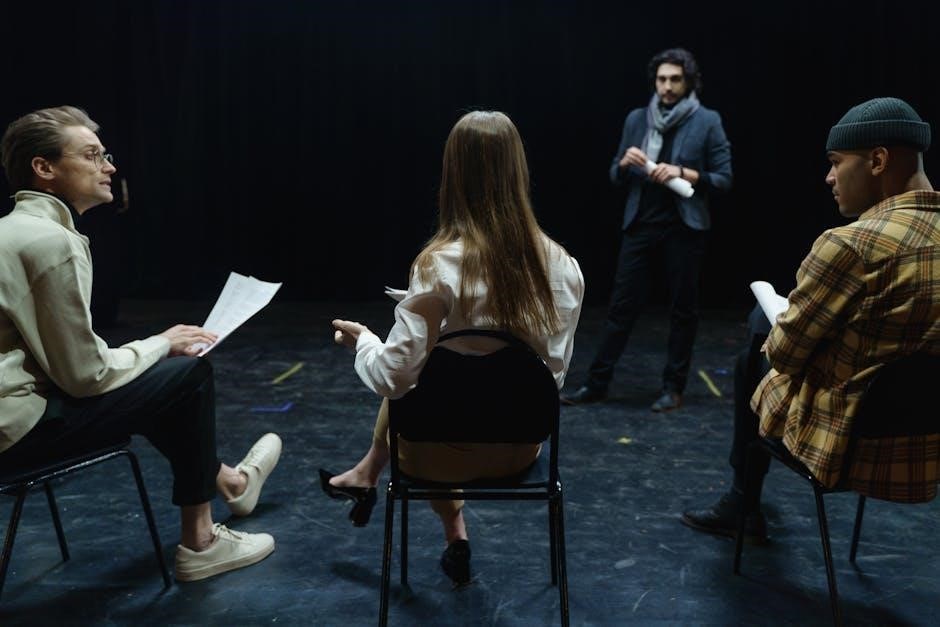
The Gender Pay Gap in the Art Industry

The gender pay gap in the art industry is a significant issue, with women earning 65 to 88 percent of what their male counterparts earn․ This disparity is evident across various sectors, from artists and curators to administrators․ Data shows that women have lower median hourly earnings compared to white males, while Asian men fare slightly better․ Black and Hispanic men, however, have seen minimal progress in closing the pay gap․ These disparities highlight systemic gender-based undervaluation and discrimination․ The pay gap reflects broader societal inequalities and underscores the need for equitable compensation practices to ensure fairness and recognition for all artists, regardless of gender or ethnicity․
Trends in Art Valuation Between 2012 and 2018
Between 2012 and 2018, art valuation trends revealed significant disparities between male and female artists․ While both genders saw increases in value, female artists experienced slower growth․ Sotheby’s reported that works by female artists appreciated at a lower rate compared to their male counterparts during this period․ This trend highlights ongoing gender-based undervaluation in the art market․ Despite growing recognition, female artists’ contributions remained underpriced, reflecting broader systemic biases․ These findings underscore the persistent challenges in achieving equitable valuation and recognition for women in the art world, emphasizing the need for continued advocacy and change in market dynamics and perception․

Representation of Female and Male Artists in Modern Times
Contemporary female artists contribute significantly to movements like Abstract Expressionism and Surrealism, while male artists continue to shape modern art․ Ethnicity and gender intersect, diversifying representation․
Contemporary Female Artists and Their Contributions
Contemporary female artists are transforming the art world with innovative techniques and diverse perspectives․ Women like Mickalene Thomas and Jordan Casteel challenge stereotypes through vibrant, large-scale works․ Their art often explores identity, race, and gender, reflecting modern societal dynamics․ These artists gain global recognition, breaking barriers in previously male-dominated spaces․ Their contributions highlight underrepresented narratives, fostering inclusivity and inspiring future generations․ The rise of digital platforms has also amplified their voices, ensuring their work reaches broader audiences․ By blending traditional mediums with contemporary themes, female artists continue to redefine art’s boundaries, proving their indispensable role in shaping modern art history․
The Role of Male Artists in Shaping Modern Art
Male artists have historically played a significant role in shaping modern art, often setting trends and influencing movements․ From pioneers like Picasso and Warhol to contemporary figures, their work has defined eras․ While their contributions are substantial, it’s important to acknowledge the historical dominance of male perspectives․ This has sometimes overshadowed female artists, creating an imbalance in representation․ However, many male artists today advocate for gender equality in the art world․ Their influence continues to evolve as they address diverse themes and collaborate with artists of all genders․ The legacy of male artists remains a cornerstone of modern art, yet it also underscores the need for a more inclusive future․
The Intersection of Ethnicity and Gender in Art
The intersection of ethnicity and gender in art reveals complex dynamics, where artists face dual challenges of racial and gender-based discrimination․ Women of color, for instance, often experience marginalization both as females and as minorities․ Their work frequently addresses identity, culture, and social justice, offering unique perspectives․ Despite these obstacles, many artists have gained recognition by blending cultural traditions with contemporary mediums․ The art world is gradually acknowledging the richness of diverse voices, though disparities persist․ This intersection highlights the need for inclusive representation and support systems to ensure equitable opportunities for all artists, regardless of ethnicity or gender․
The PDF book emphasizes the importance of equal representation and breaking biases in the art world, urging future policies to support female artists and promote gender equality․
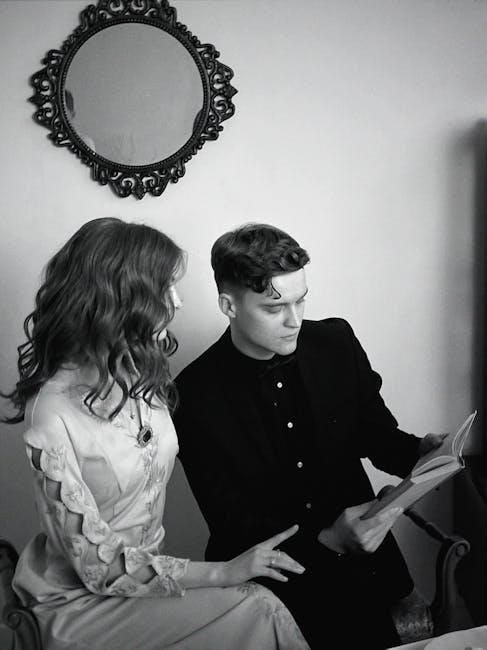
The Importance of Equal Representation in Art
Equal representation in art is crucial for reflecting society’s diversity and challenging gender stereotypes․ It ensures that both male and female artists receive fair recognition and opportunities․ Historically, women artists have faced systemic discrimination, leading to disparities in auction prices, gallery representation, and critical acclaim․ Promoting equality fosters a more inclusive art world, where diverse perspectives enrich cultural narratives․ By addressing gender biases, we can create a platform where artistic merit is valued over gender, empowering future generations of artists․ This shift not only rectifies past injustices but also ensures that art remains a universal language, accessible and representative of all․
Breaking the Bias in the Art Industry
Breaking the bias in the art industry requires addressing systemic inequalities and challenging stereotypes․ Education and awareness are key to dismantling gender-based discrimination․ Policies promoting gender-neutral evaluations of art can help reduce bias in exhibitions and sales․ Encouraging diverse representation in galleries, museums, and art institutions fosters inclusivity․ Mentorship programs and funding opportunities for underrepresented artists can level the playing field․ By advocating for transparency in pricing and recognition, the art world can move toward equity․ Ultimately, breaking the bias ensures that artistic talent, not gender, defines success, creating a more inclusive and vibrant cultural landscape for future generations․
